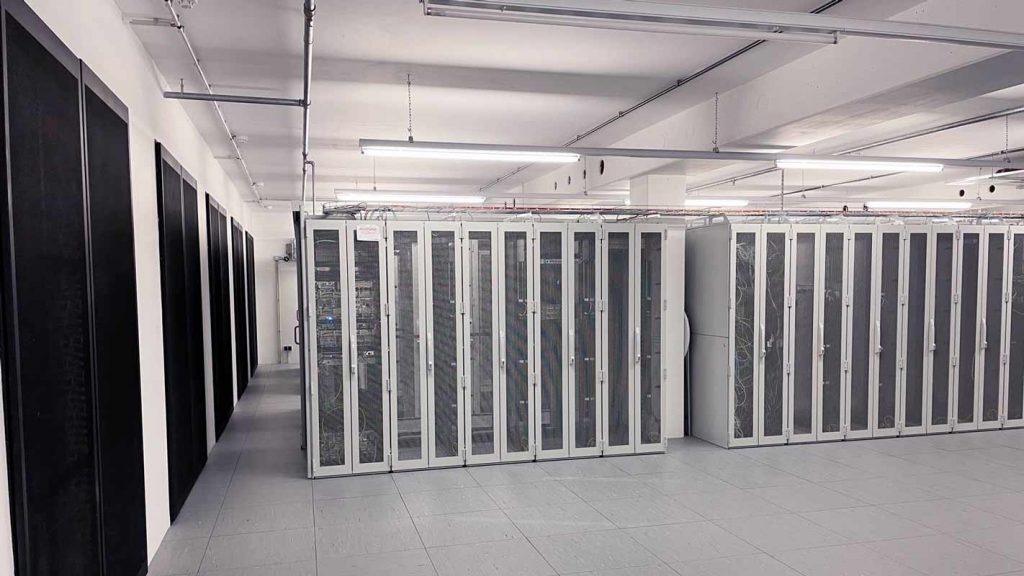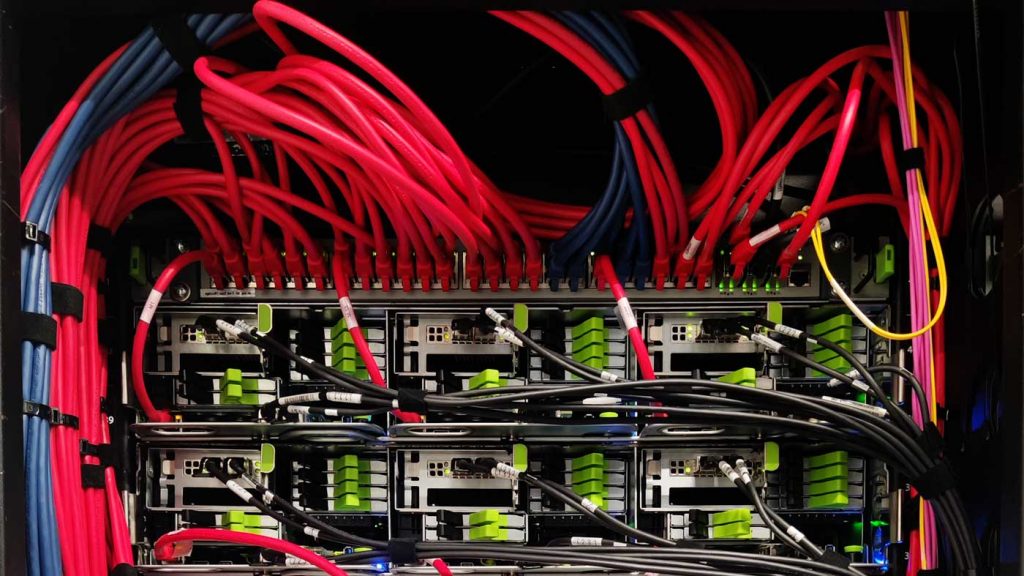In our first article we dedicate ourselves to OpenStack. In the first part, we clarify the questions: What is OpenStack? What advantages does OpenStack offer compared to other virtualization technologies (Part I). In the following second part, we name typical use cases for OpenStack (Part II).
What is OpenStack and how is the technology used?
OpenStack is the most widely used Open Source Operating system for cloud computing solutions. OpenStack was developed in 2010 by Rackspace and NASA for commodity hardware and was written in the Python programming language to run virtual pools of compute, storage and network resources, called Infrastructure as a Service (IaaS) components, via a command line interface (CLI), API, or web-based dashboard. OpenStack runs on common Linux platforms such as RHEL, SUSE or Ubuntu. The cloud operating system is not a self-contained program, but rather a collection of individual components that together provide the framework for automating resource allocation. Each OpenStack component performs a specific task within the system.
Individual feature components include:
- Compute (VM Management, "Nova")
- Network management ("Neutron")
- Cloud Storage ("Swift")
- Block Storage ("Cinder")
- Rights/user administration ("Keystone")
- Image Server ("Glance")
- Components Orchestration and Autoscaling Processes ("Heat")
- User Interface (OpenStack Dashboard "Horizon")
[mk_image src="/en/wp-content/uploads/2016/02/software_diagram_os.png" image_width="800″ image_height="350″ crop="true" lightbox="false" frame_style="simple" target="_self" caption_location="inside-image" align="left" margin_top="25″ margin_bottom="25″]
However, there are other optional Componentswhich are called "projects" in OpenStack Language. OpenStack is a cloud environment. This means that, within the environment, the available resources are On-Demand can be adjusted, increased or decreased. The allocation of resources and funds is not limited to a single location.
What are the advantages of OpenStack compared to other cloud & virtualization tools?
Cloud technologies and virtualization tools such as OpenStack abstract the resource from the physical hardware and enable a Automation. A virtual elastic infrastructure is created in which RAM, CPU and other performance requirements can be flexibly managed. This Reduces hardware and administration costs.
OpenStack is one of a few solutions that covers all areas of IaaS (compute, storage, network) with its components. It offers a very flexible and rich infrastructure. The cloud architect can freely assemble infrastructure resources and feature sets like a LEGO construction kit to adapt the setup to a specific deployment need. So it is not only the resources that are elastic in OpenStack, but also the feature sets used, which can be flexibly added or deleted as needed.
All elements used and their relationship are visually in one interface represented as a pool of available resources. The resources that OpenStack manages can be both physical and virtual and can come from different providers. Management and monitoring are centralized. Dependencies are thus recognized more quickly and can be better managed.
OpenStack is a OpenSource Software solution. It becomes continuous at the Optimization and documentation of individual components within currently 50 project groups. The further development is supported meanwhile by various other companies, altogether over 150, among them Hewlett-Packard, AT&T, Canonical, Intel, Red Hat, IBM, VMware and Dell.
An open source cloud solution frees you from the need for a single Provider independent and avoids lock-in effects of a specific operator. This makes it much easier to switch to a new cloud provider.
Configuration and deployment is quite complex due to the size of the OpenStack project and the large number of functions. On the other hand, due to the wide state of development and the heterogeneity of OpenStack users, many scripts and templates already exist that can be used for configuration and administration.
A general advantage of cloud solutions is the efficient allocation of IT resources according to the On-Demand Principle. There is no need to purchase physical hardware. Customers can select and deselect services they need via a web interface. Companies of all sizes and in all industries can benefit from the use of private and public clouds.
If you have any further information regarding OpenStack or a cloud-based setup solution, please feel free to contact our solution manager, Christoph Streit, turn.


